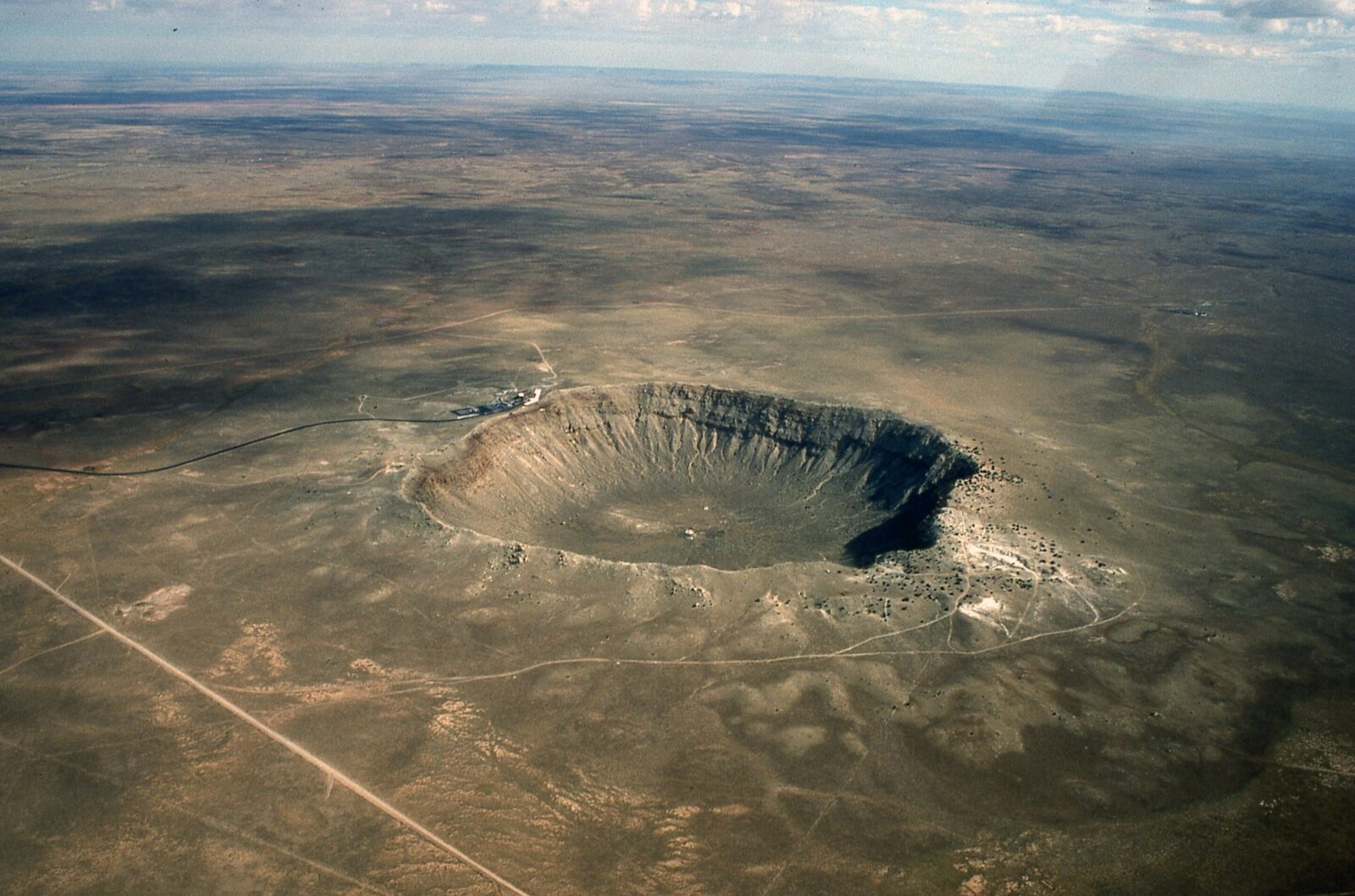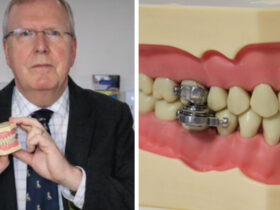According to scientists, the dinosaur era ended with an enormous asteroid. However, what was going to happen on Earth before that period? A new study shows that asteroids repeatedly hit our planet even before the disappearance of giant creatures. As part of the Goldschmidt Geochemistry Conference, researchers explain their findings and put forward a model to help further studies.
Some of the asteroids were the size of a city, some smaller, province-like. Scientists believe the strike happened on average every 15 million years between 2.5 and 3.5 billion years ago. The series of collisions might have left a mark behind. Researchers want to consider the near-surface chemistry of the affected areas to find out what impact it had on our evolving planet.
“As we deepen our understanding of the early Earth, we find that cosmic collisions are like the proverbial elephant in the room. They are often neglected as we lack a detailed knowledge of their number and magnitude, but it is likely these energetic events fundamentally altered the Earth’s surface and atmospheric evolution,” said Dr. Simone Marchi, of the Southwest Research Institute (Boulder, CO, U.S.).
Early Earth vs. Chicxulub
According to researchers, our planet used to be a very violent place. Such asteroid strikes would have happened on a regular basis with damaging effects. The Earth was hit by giant asteroids, about 10 km in diameter, affecting the surface and life on our planet. A recent example is the Chicxulub impact, which took place 66 million years ago and led to the dinosaurs’ extinction.
“For example, one outcome we are looking at is to try to understand if these impacts may have affected the evolution of atmospheric oxygen. We find that oxygen levels would have drastically fluctuated in the period of intense impacts. Given the importance of oxygen to the Earth’s development, and indeed to the development of life, its possible connection with collisions is intriguing and deserved further investigation. This is the next stage of our work,” continues Dr. Marchi.
The violence of the early Earth is visible from the Moon or other rocky planets. However, due to evolution, the direct evidence slowly disappeared. The presence of the “spherules” found in ancient rocks is one of the primary pieces of evidence. The so-called “spherules” are molten particles and vapours that cooled on our planet’s surface after an asteroid collision. Depending on the force of the impact, such particles would spread in either a thick or thin spherule layer. The thicker the spherule layer, the more significant the impact.
“We have developed a new impact flux model and compared with a statistical analysis of ancient spherule layer data. With this approach, we found that current models of Earth’s early bombardment severely underestimate the number of known impacts, as recorded by spherule layers. The true impact flux could have been up to a factor of 10 times higher than previously thought in the period between 3.5 and 2.5 billion years ago. This means that in that early period, we were probably being hit by a Chicxulub-sized impact on average every 15 million years. Quite a spectacle,” says the researcher.
Comments
Although not part of the project, Dr. Rosalie Tostevin of the University of Cape Town shares a few of her thoughts, regarding the recent findings:
“These large impacts would certainly have caused some disruption. Unfortunately, few rocks from this far back in time survive, so direct evidence for impacts, and their ecological consequences, is patchy. The model put forward by Dr. Marchi helps us to get a better feel for the number and size of collisions on the early Earth.
“We tend to focus on the Earth’s interior and the evolution of life as controls on Earth’s oxygen balance, but bombardment with rocks from space provides an intriguing alternative.”























Leave a Reply